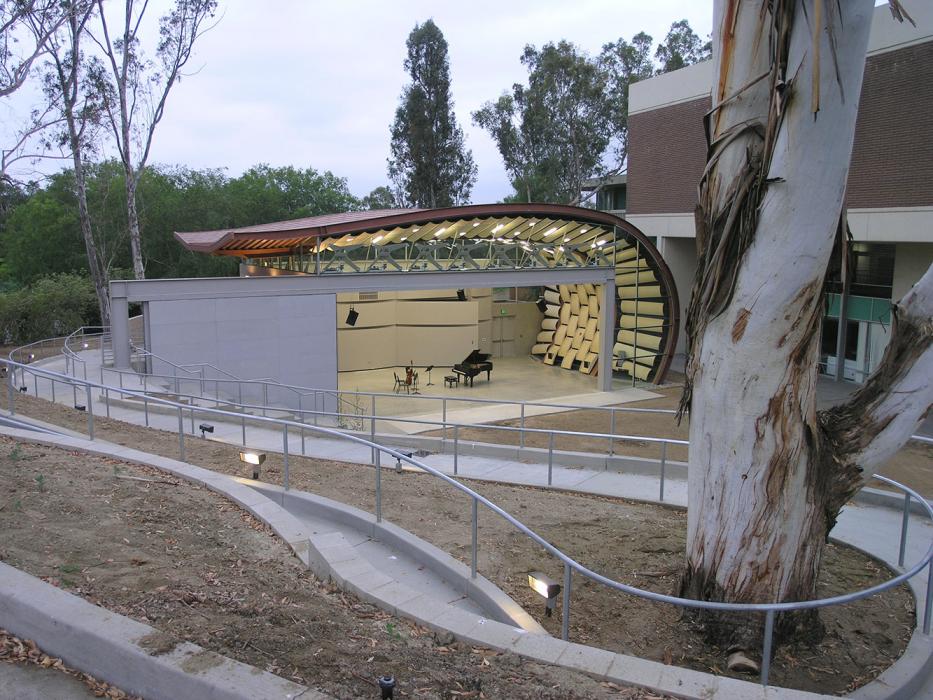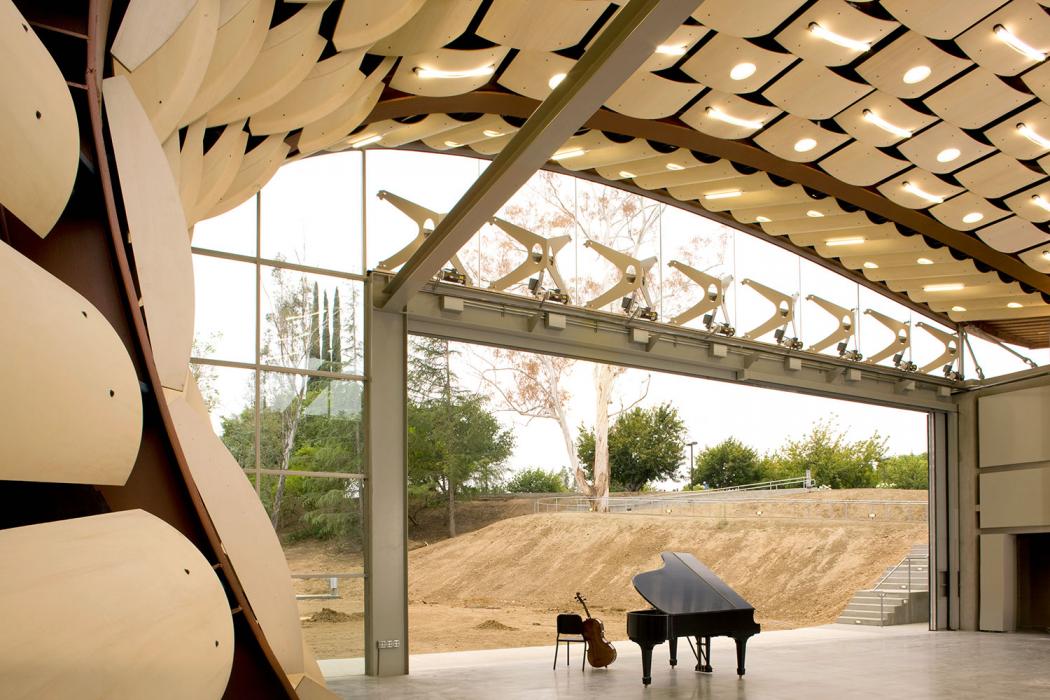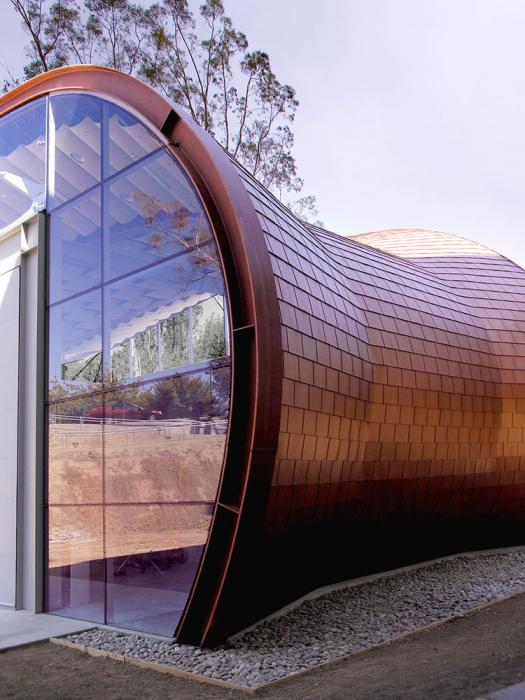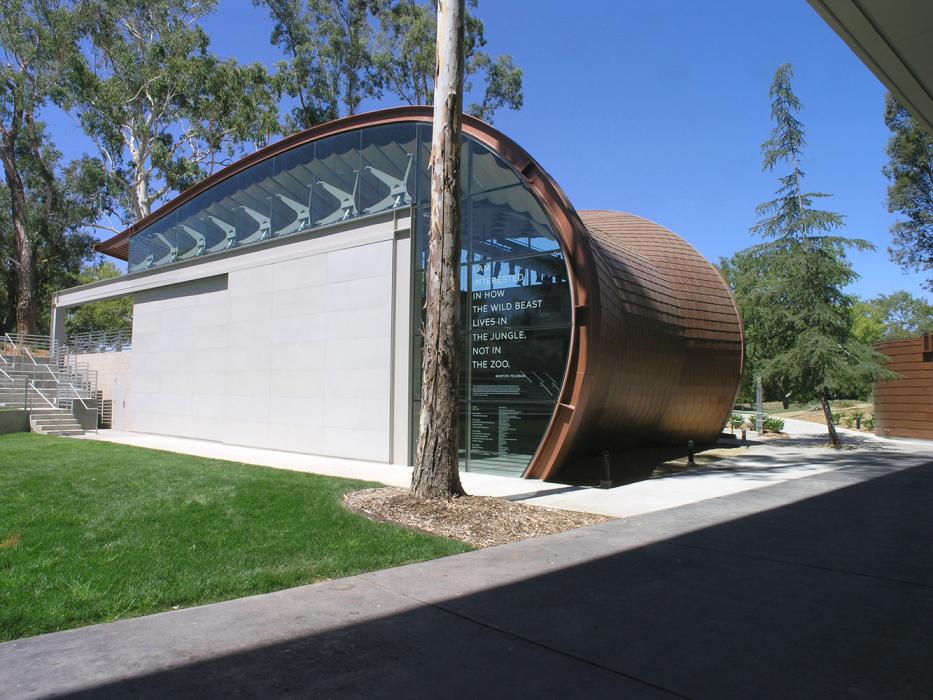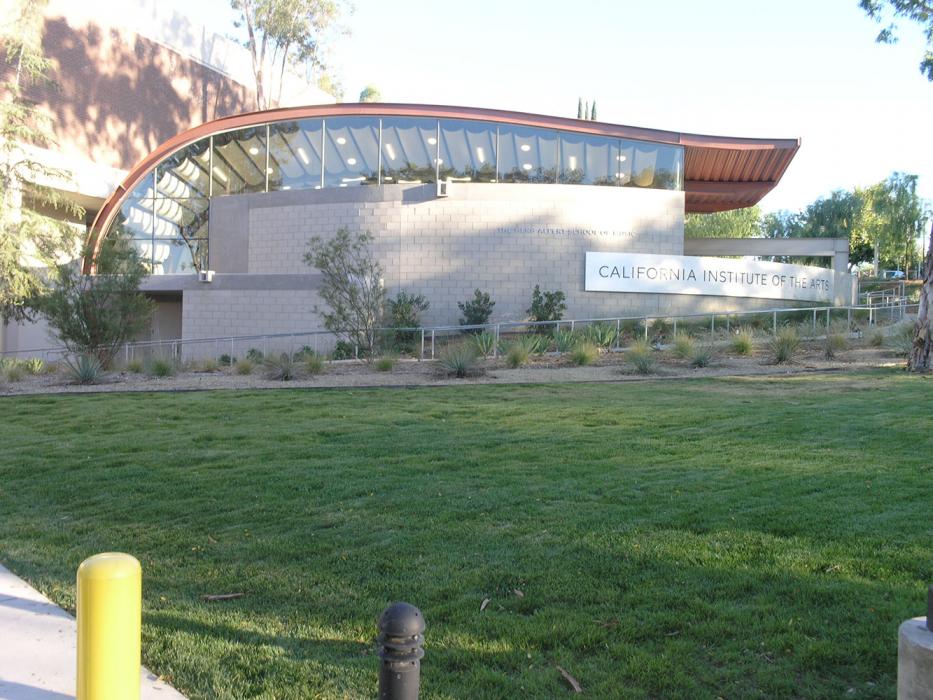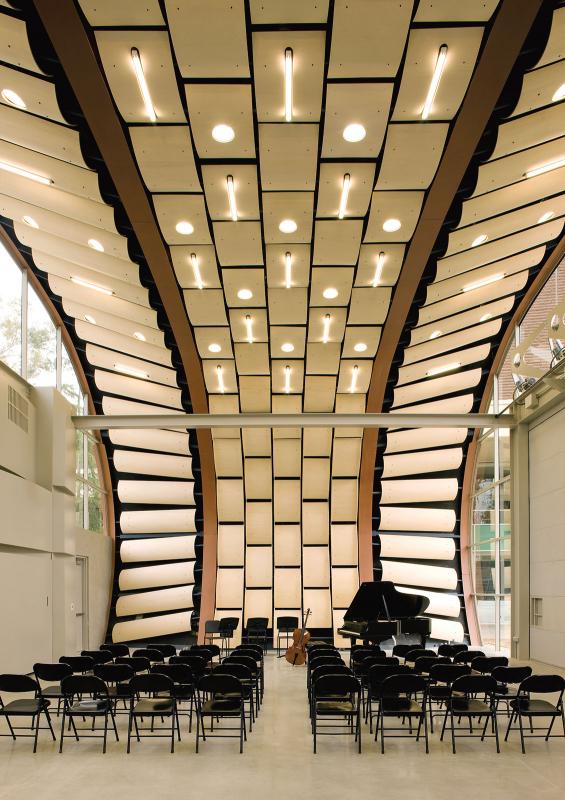
Highlights
-
The acoustically optimized space uses wood, glass, copper and concrete to help amplify and reflect sound throughout the space and to an outside audience.
-
The 3,200-square-foot, single-story structure houses classroom / performance and storage areas and features 46-foot-wide hangar doors that convert the space into an amphitheater.
-
The project required close collaboration with the architect to develop a special roof framing system that expresses the structural steel members and details, and allows the floating acoustical enclosure to have minimal thickness.
-
Four parallel arched 14-foot-wide flange sections achieve a 60-foot roof span. Frame action is utilized where the roof is curved, transitioning to composite action where the roof flattens out.
-
The pavilion’s slender form is clearly legible in the structural steel members and their connections, both inside and outside of the space.










